The Chancellor of the Exchequer, Jeremy Hunt delivered his Autumn Statement on 17 November 2022, against a backdrop of record inflation and market instability.
This was a Budget of balance, with none of the usual “rabbit out of the hat” announcements. Instead, the emphasis was on financial stability, creating growth and protecting public services. Mr Hunt’s message of the “difficult decisions” needed by increasing taxes and reining in spending could not have been more sharply contrasted to the mini Budget delivered in September by his predecessor, Kwasi Kwarteng. The Chancellor repeated the need to bring inflation down, promote growth and restore fiscal stability to plug a £55 billion black hole in the public finances.
Context for the difficult financial background for this budget was underlined by the Office for Budget Responsibility, who confirmed global factors are the number one cause of economic instability, and the International Monetary Fund also predicts that one third of the world’s economies will be in recession this year or next.
The Chancellor hopes the announcements in the Autumn Statement will lead to a shallower recession and reduce inflation from earlier predictions.
Personal taxes will rise across the board through the freezing or reduction of tax rate thresholds and allowances. Whilst the pension triple lock has been maintained, the increase in pensions coupled with the freezing of the personal allowance and reduction in the dividend and capital gains tax allowances runs the risk of bringing more individuals into the realm of self-assessment. Recent policy appeared to try and reduce pressure on HMRC by removing taxpayers with minimal untaxed income and gains from the self-assessment system, so how HMRC copes with a potential expansion of their workload will be watched with interest.
Measures affecting individuals
- Income tax personal allowance (£12,570) and inheritance tax nil rate band (£325,000) frozen until April 2028
- National insurance lower earnings limit (£6,396) and small profits threshold (£6,725) fixed until 2023/24; upper threshold frozen at £50,270 until April 2028
- Class 2 and Class 3 national insurance rates to be increased to £3.45 per week and £17.45 per week respectively from 6 April 2023
- The threshold for income tax at the additional rate of 45% to be reduced from £150,000 to £125,140 from 6 April 2023
- The dividend allowance is to be reduced from its current level of £2,000 to £1,000 in 2023/24 and £500 in 2024/2025
- The capital gains tax annual exempt amount of £12,300 to be reduced to £6,000 in 2023/2024 and £3,000 in 2024/2025
- Married couples’ allowance and Blind Person’s Allowance to increase by 10.1% from 6 April 2023
- New anti-avoidance measure introduced from 17 November 2022 in respect of certain share for share exchanges
- National living wage for over 23’s increased to £10.42 from April 2023
- Working age benefits and benefit cap to increase with inflation at 10.1%
- Pension triple lock protected: 10.1% rise in state pension, benefits and tax credits in line with September’s inflation figure
- The energy price guarantee is to stay in place for a further 12 months from April 2023, but at a higher cap of £3,000
- Additional cost of living payments to be made of £900 for most vulnerable (means tested) individuals, £300 for pensioners and £150 for those on disability benefit
Measures affecting businesses
- Employment allowance retained at £5,000
- Employer national insurance threshold frozen at £9,100 until April 2028
- Business rates to be updated to reflect changes in property values since 2017, with targeted support for business rates costing almost £14 billion to benefit 700,000 businesses
- The research and development (R&D) deduction for small and medium sized enterprises (SMEs) reduced from 130% to 86%, and the credit rate for SMEs reduced from 14.5% to 10% from 1 April 2023
- Research and Development Expenditure Credit (RDEC) applying to larger firms increased from 13% to 20% from 1 April 2023
- Windfall tax on profits of energy firms to rise from 25% to 35% from 1 January 2023 and remain in place until 31 March 2028
- New temporary levy of 45% on electricity producers from 1 January 2023
- Diverted profits tax to increase to 31% from 1 April 2023
- Bank corporation tax surcharge of 3% to apply from 1 April 2023
Indirect taxes
- VAT registration and de-registration thresholds frozen at £85,000
- Increased nil rate band for SDLT of £250,000 (£425,000 for first time buyers) to be withdrawn from 31 March 2025
Other
- The NHS budget will be raised by £3.3 billion over two years
- £2.3 billion extra spending on schools
- Electric vehicles will no longer be exempt from tax from 2025
- Review of state retirement age to be deferred until April 2023
Contact
If you would like to discuss these changes with one of our experts, please call either our Leicester office on 0116 254 9262, or our Loughborough office on 01509 263500. Alternatively, our contact form is here.
